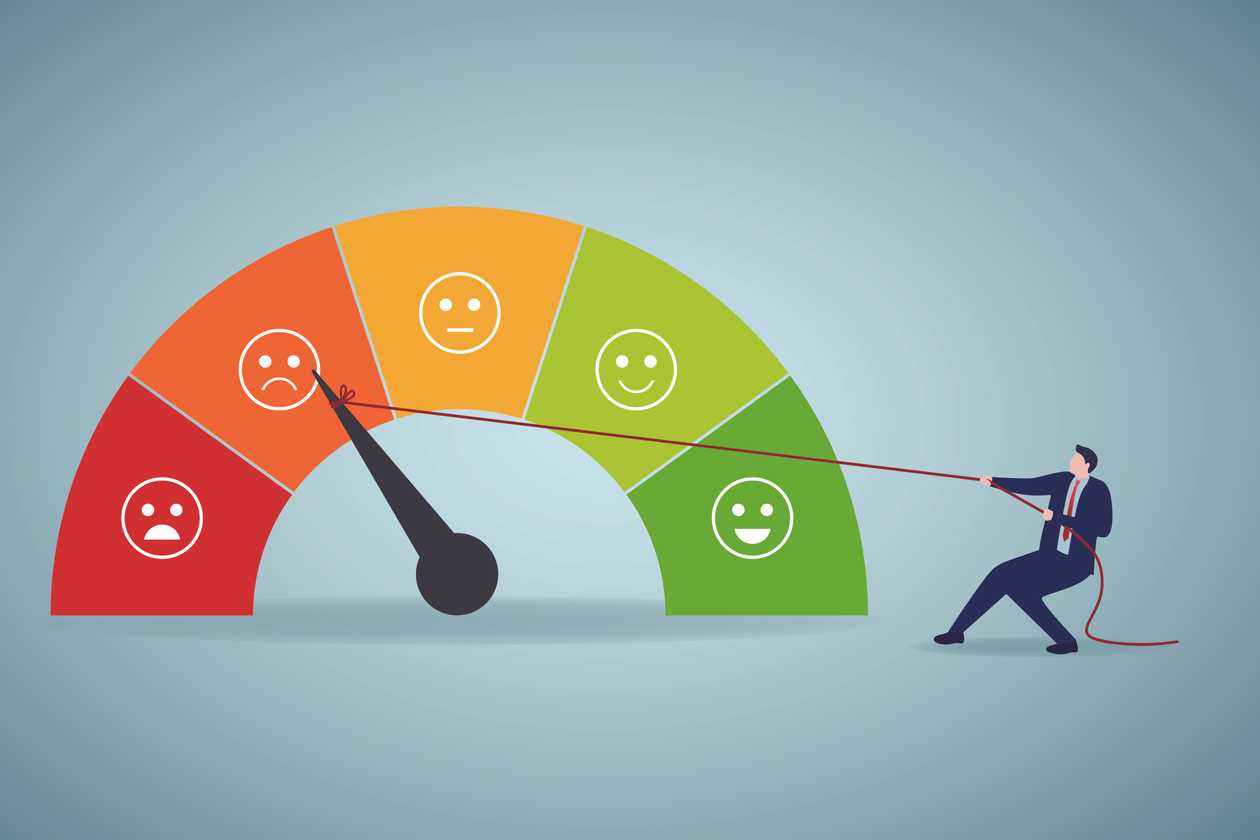CREDIT CARDS: Keep usage under 30% of credit limit 2023

CREDIT CARDS: Keep usage under 30% of credit limit 2023
With more consumers using credit cards to pay their regular energy bills, do their online shopping, and buy electronics, credit card PAYMENTS are rising. You have greater freedom to utilize money on the fly when you use a credit card.
Some people use credit cards exclusively to pay for everything because it makes it easier to track their monthly expenditures. They pay off their credit card balances when their earnings are credited at the end of the month or the beginning of the following month.

Your credit cards are set up so that credit bureaus may use them to determine your spending and give you a score based on those, among other things. The main factors used to determine your credit score are your payment history, credit usage, length of credit history, credit mix, and new credit.
Divide your total credit card balances by your entire limits, then multiply the result by 100 to get your credit utilization ratio (CUR).
The CUR is a crucial indicator of out-of-control credit card spending. It refers to how much of a credit card user’s available credit is used. A healthy CUR is essential for a high credit score.
Your credit utilization ratio would be (Rs 30,000) / (Rs 1,00,000) x 100 = 30% if, for instance, you had two credit cards with a combined credit limit of Rs 1,00,000 and you now owe a combined debt of Rs 30,000 on both cards.
A CUR of less than 30% is advised for consumers wishing to maintain a decent credit score, according to Adhil Shetty, CEO of Bankbazaar.com. A high CUR shows that a person is utilizing an excessive amount of their available credit, which might lower their credit score. Therefore, using credit cards carefully is crucial.

Keeping your funds in good shape requires CUR, as seen below.
Credit bureaus like CIBIL, Experian, Equifax, and CRIF determine a person’s credit score based on several variables. One of the key elements affecting your credit score is CUR. Lenders look at your CUR when evaluating your application for new credit, such as a loan or another credit card. Because they signify good credit management and lesser risk for the lender, smaller CURs are seen favourably.
Shetty states, “Consumers must set a budget, pay off balances in full each month, consolidate credit card debt, and monitor expenses regularly to manage their credit card expenses effectively.”

Your chances of receiving a credit limit increase on your current credit cards might be increased by maintaining a low CUR. Your available credit will rise with a bigger credit limit, lowering your CUR and raising your credit score.
Maintaining a low CUR, especially if you carry a load from month to month, might assist you in avoiding paying excessive interest rates on credit card balances.
You should consider increasing your credit limit if your costs are higher. Customers that pay their obligations on time may receive more significant credit limits from card providers. This is another method for maintaining a CUR below 30%. You can also apply for a different credit card to spread out your spending. Understanding how credit is used is essential since it is one factor affecting your creditworthiness. You may make it work by controlling your credit card spending.

SMART SPENDING
- Calculate your Credit Utilization Ratio (CUR) by dividing total credit card balances by absolute credit card limits and then multiplying it by 100
- When you apply for a loan or another card, lenders check your CUR.
- If your expenses are higher, you can ask your lender for an increase in your credit limit.
Credit cards are a staple of the modern financial landscape. They offer convenience, rewards, and in some cases, essential credit-building opportunities. However, with their advantages also come potential pitfalls. One fundamental principle to grasp, especially in 2023 with economic fluctuations and changes in spending habits, is the importance of keeping credit card utilization under 30% of the available credit limit. This article will delve into the reasons for this golden rule and provide insights on maintaining a healthy credit profile.
Before we dive deep, let’s understand the basics. Credit card utilization refers to your current credit card balance ratio to your credit card limit. For instance, if you have a card with a $10,000 limit and are charged $3,000, your utilization rate is 30%. The principle is simple: the lower your utilization rate, the better it is for your credit health.
The credit utilization rate significantly influences your credit score. It accounts for about 30% of your FICO score – one of the most widely used credit scoring models. A high utilization rate can indicate to lenders that you may be a high-risk borrower, relying heavily on credit for daily expenses. Keeping utilization below 30% is considered responsible financial behaviour, which can positively impact your score.
A high utilization rate can also signal potential financial distress. It may indicate that one lives beyond their means or does not manage finances well. By keeping utilization low, you give yourself a buffer against unexpected expenses and reduce the risk of spiralling into debt.

Life is unpredictable. Having 70% of your credit limit available means that you have a financial cushion in emergencies. A low utilization provides a safety net, whether it’s an unexpected medical expense, car repair, or any other sudden cost.
Lenders don’t just look at your credit score; they also evaluate your credit report’s details. Consistently high utilization rates might make lenders apprehensive about extending more credit or offering favourable terms, indicating potential financial instability.
Regularly check your credit card balances. Many banks and credit card companies offer mobile apps that allow you to track your spending in real time. Set up alerts to notify you when you’ve reached a certain spending amount.
If you frequently approach or surpass the 30% mark, consider making multiple payments within a month. This ensures your utilization remains low throughout the billing cycle.
If you’ve demonstrated responsible credit usage and timely payments, your credit card issuer might be willing to increase your credit limit, automatically lowering your utilization rate.
Closing a credit card can reduce your overall available credit, which can increase your credit utilization rate, especially if you have balances on other cards. Instead of charging all your expenses to one card, spread them over a few. This can help in keeping the utilization ratio low for each card.
Economic and financial landscapes evolve. With global events affecting economies, interest rates, and credit terms, staying informed is essential. Adjust your spending and credit habits accordingly.

Credit cards can be a double-edged sword. While they offer convenience and potential rewards, irresponsible usage can lead to financial challenges. In 2023, as the financial world continues to shift, it remains crucial to be proactive and prioritize maintaining a low credit card utilization. Doing so safeguards your credit score and ensures financial flexibility and peace of mind.






